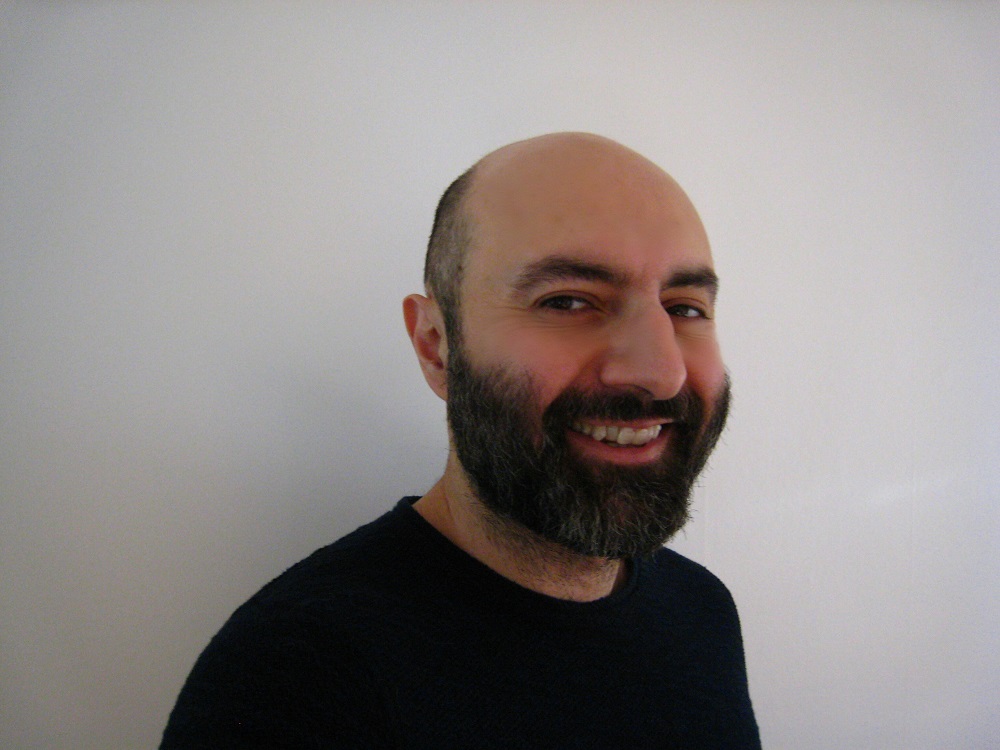At some point in his life after having been in Vancouver for a few years and being done with his Ph.D. at UBC, Ar’ash Tavakolie really wanted to join an organization working to make the world a better place.
He wanted, of course, to put his engineering and machine-learning skills to good use, so he was looking for a place where data processing and knowledge creation were the focal points. That is how he landed, a decade ago, at the Sea Around Us. “The fact that it was in marine conservation also encouraged me. I felt I could pay my dues to the environment,” he says with a smile.
Ar’ash loves that, through the collaborative work he was doing with the Sea Around Us team, he was able to help spread the word about how much countries are (over)fishing and the dangerous situation in which fisheries are putting the world’s fish stocks.
He did this by working at the very core of the Sea Around Us website, doing software design from analysis to general architecture, coding and implementation.
“My first project was recording the web applications and their databases. It was interesting because there was a suite of legacy software that had served the project since its inception in 1999, but we were at a point that more flexibility and agility was required and also being able to add new products,” he explains.
Ar’ash had to sort out some major problems to get his plans up and running. “Initially, it seemed that the documentation being on the very light side could be a major hindrance. However, the other side of the coin was that it was almost like studying live organic matter to observe its behavior and learn about its life. After dissecting the legacy code and talking to the team, I realized that this project would be better expressed as a Business Intelligence solution. It saved us a ton in maintenance costs and dramatically reduced the publishing time from the data to web, from a couple of months to five hours.”
But just when he thought he was done, he was challenged one more time. The Sea Around Us’ investigators, Daniel Pauly and Dirk Zeller, wanted Ar’ash to recode the Spatial Allocation algorithm from scratch. Without a hint of a doubt, he jumped at the opportunity.
“This algorithm takes several key ingredients: the catch data, taxon distributions, foreign access data and GIS info, and uses those to allocate the global fisheries catch, of all countries, to more than 180,000 1/2 degree cells covering the entire ocean,” he explains.
On top of the massive amount of data it was to manage, the system had to be transparent, modular and fast, and had to allow for vigorous data testing and ample feedback. “To make it modular and extensible, I used a combination of object-oriented and functional programming in the new application. Another core concept that we embedded in the new algorithm was the idea of testing every bit of data at all levels; no analysis is done until all those tests are passed. This also has an added ‘Bayesian’-like effect: each iteration of the algorithm increases its robustness.”
The passion and detail with which Ar’ash talks about his work are testimonies of how much he enjoyed helping develop the interactive, global, one-of-its-kind online database that the Sea Around Us is today. He describes his projects as “very exciting” and “a great responsibility, as the output of the algorithm is used by the scientific community worldwide.”
The engineer is both satisfied with the job performed and grateful for everything he was able to learn. “While the requirements of scientific software design share a great deal with the industrial software design, there are some fine differences. In scientific software, it is more important to stay versatile and able to respond to change which is the nature of scientific discovery. In science, you go towards the discovery of the unknown, while in software design you eliminate the unknown. Finding that balance was the key,” he reflects.
Feeling that his work here is done, now it is time for Ar’ash to take a break. He decided to close this chapter in his professional life and, in the next few weeks, he will be traveling, meditating, reading and raising his four-month-old puppy Meelo. “And in terms of future work passions, I will continue my focus on large data systems, designing algorithms and machine learning,” he says.
The Sea Around Us is very proud of Ar’ash’s accomplishments and we thank him for the invaluable contributions he made to the project over the last 10 years.
Good luck in your future endeavours, Ar’ash!


